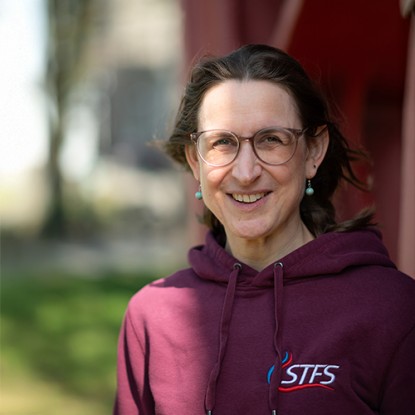DFG Transfer Projects – combining the best of both worlds
(What are Transfer Projects? Why are they important? What’s our topic?)
15.09.2025
German Research Foundation has approved my Transfer Project “Modelling of Flow–Flame–Cooling-Air Interaction under Technically Relevant Conditions”. The project is now part of the Collaborative Research Centre / Transregio 150 “Turbulent, Chemically Reacting Multiphase Flows Near Walls” (speaker: Andreas Dreizler) of Technische Universität Darmstadt and Karlsruher Institut für Technologie (KIT).

I’m delighted that the Deutsche Forschungsgemeinschaft (DFG) – German Research Foundation has approved my Transfer Project “Modelling of Flow–Flame–Cooling-Air Interaction under Technically Relevant Conditions”.
The project is now part of the Collaborative Research Centre / Transregio 150 “Turbulent, Chemically Reacting Multiphase Flows Near Walls” (speaker: Andreas Dreizler) of Technische Universität Darmstadt and Karlsruher Institut für Technologie (KIT).
What are Transfer Projects?
In Collaborative Research Centres, Transfer Projects are designed to test and further develop fundamental research findings under real-world conditions with an application partner. Their goal is to enable knowledge transfer between research and practice – to the benefit of both sides.
In our case, we’re working closely with Rolls-Royce Deutschland (RRD). The reviewers particularly praised this collaboration, highlighting its clear role distribution and responsibilities.
What do we study in this Transfer Project?
The project addresses two critical aspects of modern high-efficiency gas turbines:
- Flow–Flame–Cooling-Air Interaction: We investigate how near-wall reactive flows interact with effusion-cooled combustion chamber walls. These zones exhibit extreme temperature gradients and highly dynamic mixing processes. Our goal is to represent flame dynamics and pollutant formation precisely in our models.
- Hot Gas–Cooling-Air Interaction: We examine how hot exhaust gases downstream of the combustor interact with film-cooled turbine nozzle guide vanes (NGVs). With gas temperatures up to 2000 K – far above the material limits of modern components – the aim is to better understand the thermodynamic and aerodynamic effects in these flows and to develop reliable LES wall-models.
(just in case, based on experience, please do not use the illustration without asking first)

